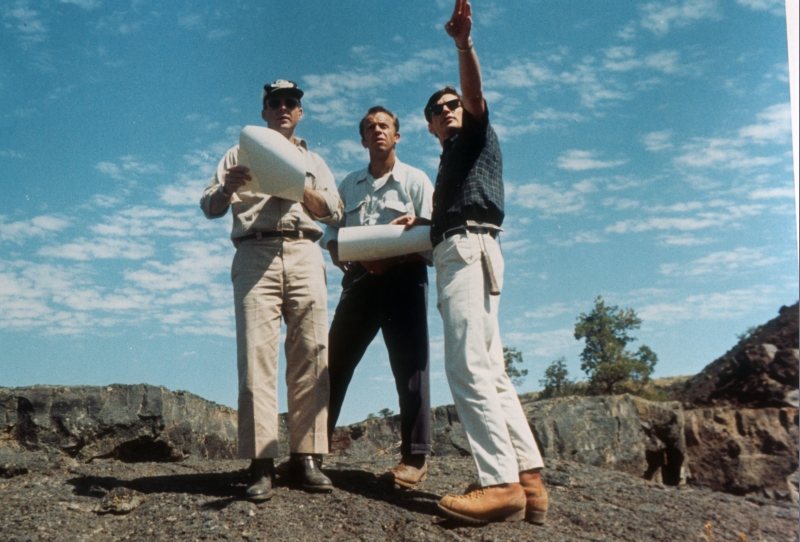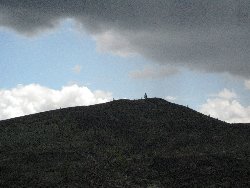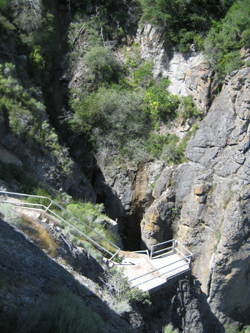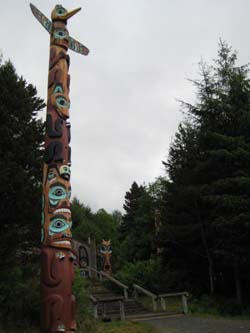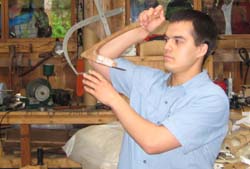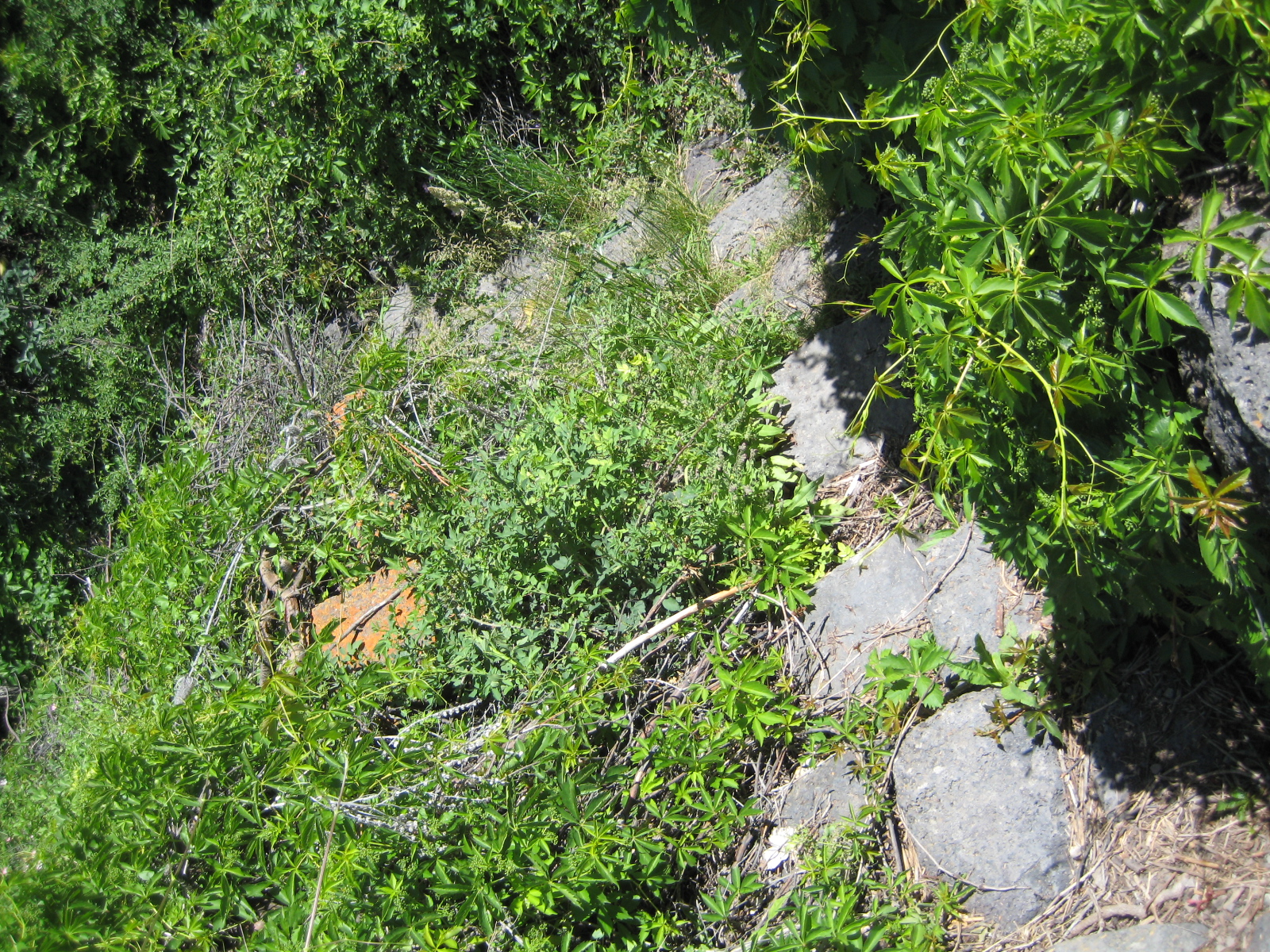So Spake Mo…
It is so closely our
neighbor and the heritage of many a dear friend or co-worker and yet for all the
grandeur of its landscape and culture, we fear it. The elegant architecture of
old Europe, the ancient temples of early civilization lay shrouded from our
view, withheld from inspiring our curious minds by a wall of violence and
corruption. 
Mexico. So near and yet so
far.
A short while ago, my husband was
nevertheless charged with traveling to Mexico City. There is always a thread of
trepidation when a loved one goes so far away. This time it was no mere thread.
Yet, it also proved to be one of the most fascinating and deeply moving
explorations his business trips have afforded him so far.
Exploring a locale during a business trip is
always a fast and furtive thing, but a connection need only take a moment. A
brief stop at a cultural souvenir shop becomes a story, a glimpse into the magic
of days gone by when humanity first began weaving a world of culture and
technology around itself from…well in this case, an aloe plant more properly
known as agave.
Set aside the image you have of the aloe
plant that grew on you mother’s window sill with its tidy little pot and meet
the version the ancient peoples of Central and South America knew. As tall as
the man who is our guide and then again that wide, these plants produce a flower
stalk as tall as a telephone pole. They are impressive, rather dangerous looking
plants.
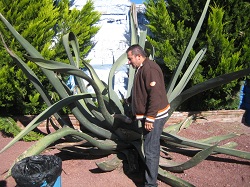
The man begins his story.
See here how much this one simple plant gave
those ancient peoples, how clever they were to find uses for every part.

He slices off a leaf tip. With two neat
snicks of his knife he trims the two corners off the base of the triangle. A
couple scrapes of his thumbnail lift the filmy coating off each side of the
leaf. He grips the film and strips the film away. It comes off as a sheet. A
sheet of writing paper.
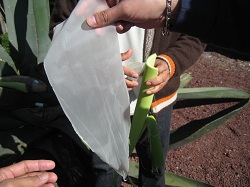
See here the paper the native people used for
their records. Feel the texture almost like plastic. Here it curls as it dries,
but opens once more when moistened.
Our guide pulls his knife carefully around
the thick leaf just below its blackened tip. With a twist and a yank he pulls
the needle free and with it comes the fibrous threads.

See here how each leaf provides the women with
a needle already strung with thread. This black needle hardens as it dries to
become a sharp awl. Or if the seamstress wishes to use a different tool, she can
trim the fibers and use them as individual threads.
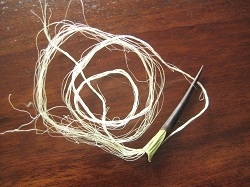
Now he draws us closer to peer into the
heart of the plant where the flower stalk has been removed. Again he pulls out
his knife and scrapes the sides of the hollow. The plant oozes forth its juices
into the cup of its heart.

See here how the plant provides nourishment,
this sweet agave nectar. And the nectar, we ferment for this milky-white
beverage, pulque, whose sour tang offers sustaining energy.
How clever were the minds of the early
peoples to discover these uses and so many more for just one plant. We marvel at
the impossibilities of the pyramids and the palaces, the great roads and the
aquaducts, but it is innovations of the everyman that make the story intimate,
make us wonder, had we encountered this harsh plant in the desert, if we would
have been so clever ourselves.
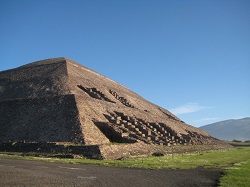
And so my husband walks into the shop to
learn yet more stories of gold-flecked obsidian and of looms and of the shaping
of silver into works of art, all tales he would never have heard of a creative
and hard-working people hidden behind a veil of violence.
So much taken away from the world by a
selfish few.
So Spake Me…
My husband met so many kind and generous people
during his brief stay in Mexico City. With personal tours on their own time,
associates showed him the wonders of their city with understandable pride. The
photos he brought back were beautiful.
One associate claimed that Mexico simply had a
bad marketing department. The violence occurred primarily to the north. Nothing
ever happened in their part of Mexico City. This has a ring of logic to it.
There are parts of L.A. I wouldn’t stroll with my children.
But if, within my small circle, I hear of one
person’s co-worker being kidnapped at gunpoint and another person’s co-worker
being carjacked by policemen, perhaps logic does not offer as much comfort as it
should.
My aunt and uncle participated in an RV caravan
through Mexico nearly a decade ago. They spoke of the beauty of the landscape
dotted with more ancient ruins than one might realize, of startling poverty, of
teenagers searching their RV with machine guns at the state borders. They said
it was an amazing trip. They also said they wouldn’t do it again these
days.
So will I experience that trepidation the next
time my husband is sent to visit that client? Probably. But I will also know
that the proper precautions can mitigate most of the danger. (After all did not
one of my small circle get mugged in downtown Portland for not taking the proper
precautions?) And I will wish for him another moving and fascinating whirlwind
tour due to the generosity of his new Mexican friends.
And thank you to them for keeping my husband
safe.


